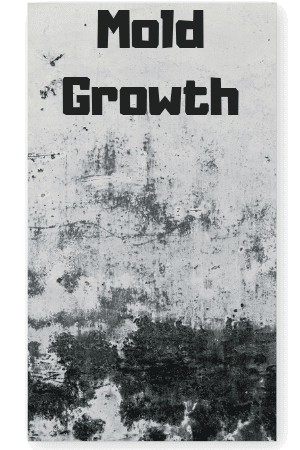5 Best Ways to Prevent Mold in Your Basement
 Mold has the potential of thriving in places that have sufficient sources of moisture, oxygen and organic feeding material. This is why mold is so common in basements. It should be noted that even basements that seem dry already have mildew and mold as fungi can grow behind walls, in carpets or underneath furniture.
Mold has the potential of thriving in places that have sufficient sources of moisture, oxygen and organic feeding material. This is why mold is so common in basements. It should be noted that even basements that seem dry already have mildew and mold as fungi can grow behind walls, in carpets or underneath furniture.
The probability of mold growth is quite high especially in basements that have undergone water damage or flooding in the past. The main challenge as pertains to basement mold is that they are highly toxic thus making basements unhealthy.
It is important to learn the best ways to prevent mold in your basement because they grow as a result of many factors associated with excess moisture. These include but are not limited to leaky foundations, drying clothes, cooking etc.
Causes
Excess moisture is the primary cause of molds in basements, a situation that is fairly common. This moisture might come from either inside or outside. Establishing the root cause is essential in the prevention techniques to be used.
As earlier mentioned, the two main causes are as follows:
–Outside sources of moisture: This includes floods, groundwater and rain.
–Inside sources of moisture: This includes high humidity levels and various activities like drying clothes.
Since basements are spaces of the home that are below grade, water seeping inside from window wells and foundations walls is common. Basements are the lowest areas in a home and with the presence of water, it definitely flows towards the lowest area.
Proper gutters, downspouts and grading is required to manage excess moisture from rain that might access the basement. Flooding from rivers or heavy rains is the main culprit.
Breathing, showering and even cooking are some sources of moisture from inside the basement. Now that most of the causes of mold growth in basements has been determined, prevention measures can be formulated.

Prevention
The following are 5 best ways EnviroKlenz suggests to prevent mold in your basement:
 1. Monitor Humidity Levels
1. Monitor Humidity Levels
One of the most important sources of growth for basement mold is moisture. After all the external sources of moisture have been managed such that no rain water leaks into the basement, give the levels of humidity some attention.
Improper air flow is the leading cause of high humidity levels in the basement. This is because windows are rarely opened to circulate fresh air. You can prevent mold growth by incorporating air ventilators. In addition, open windows more frequently. Install dehumidifiers if the climate is humid.
2. Insulate Windows, Basement Pipes And Walls
All pipes should be checked for leaks. They should be insulated to prevent the occurrence of condensation as a result of pipe and air temperature. Use fiberglass, pipe sleeves as well as other insulation materials to cover windows or pipes as a way of preventing condensation.
Eliminate dew points behind walls, inadequate basement underpadding, water tank corrosion and malfunctioning sump pumps by using effective insulation.
3. Dry Clothes Outside
Most times, basements are converted to laundry rooms to facilitate drying of clothes. Basements used to dry clothes should have their levels of humidity properly controlled. The best way to do this is by turning on any air ventilator, opening doors or simply installing dehumidifiers.
Alternatively, just dry them outside to avoid complications.
4. Do Not Overload The Basement
Moisture and organic food sources are the main factors that promote the growth of molds in basements. If the food source is eliminated and the humidity levels lowered, it will prevent mold growth. This means removing items in the basement that act as mold food like cardboard boxes, carpets, books and clothes.
Remove all the things that you no longer need and clear the basement so that it is not overstuffed. It promotes airflow. People who use their basements for storage must ensure that everything is dry at all times.
5. Keep Plants Out Of Basement
Plants are an ideal source of food for molds, they feed on soil and leaves. This means that you should limit the quantity of plants present in the basement or eliminate them all together if possible. The soils of potted plants should regularly be checked for signs of mold.
Conclusion
The above information explains the main causes of molds in basements and the best ways to prevent and manage them in your basement. The points are not exhaustive but they highlight the main causes as well as prevention measures.
Comments
Post a Comment